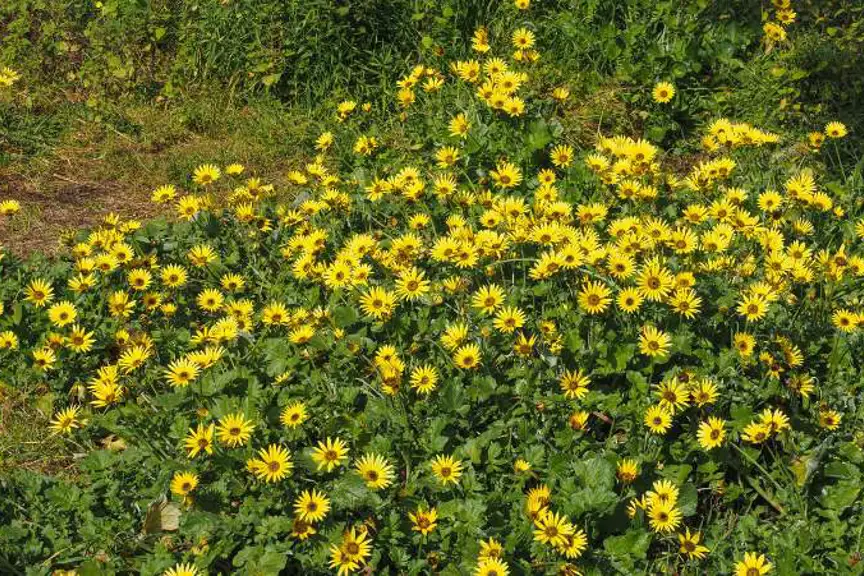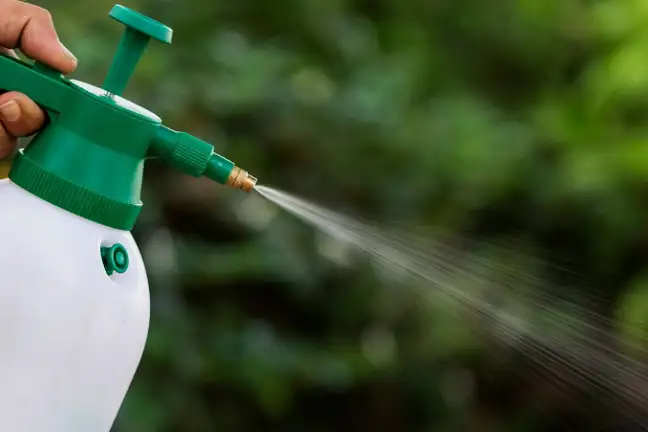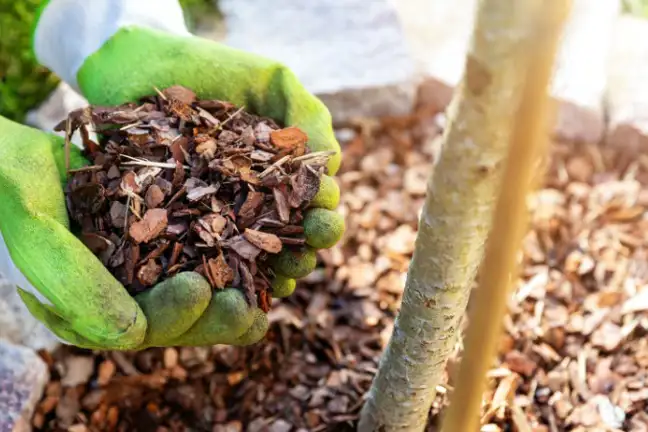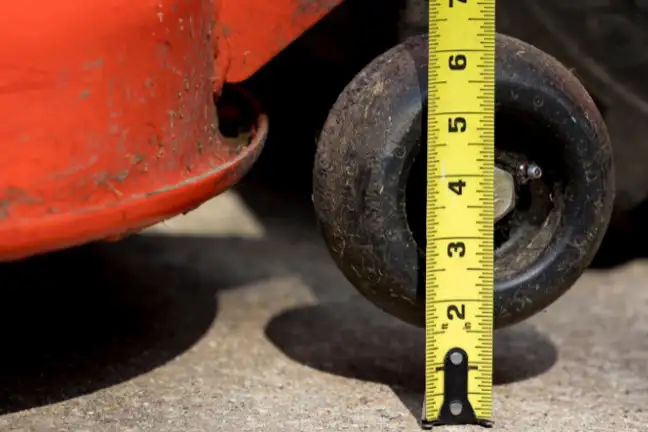Capeweed Control in Your Lawn & Garden
Arctotheca calendula

Arctotheca calendula

Capeweed is a low-growing, rosette shaped weed. Once established, Capeweed can form large dense patches that crowd out lawn grasses.
Leaves are deeply lobed, grey-green on top and white and hairy underneath.
Flowers are daisy-like with petals that are yellow on top and purpley grey-green underneath. The centre of the flower is purpley black.
Seeds are pink-to-brown and fluffy. In ideal conditions, one plant can produce thousands of seeds.
Root is a long tap-root (like a carrot) that gets deeper and thicker with age.

Capeweed flowers in spring and summer.
Capeweed is spread by seed. Seed can be brought in on the wind, in water, or on animals, people, machinery or landscape materials. The seed can last for years before germinating, so if you already have this weed in the lawn or garden, you're probably going to see it come up again.

Capeweed is an introduced species and is considered an environmental weed for various reasons.
Capeweed can be poisonous and indigestible if eaten in large quantities, and can cause respiratory issues, all of which are mostly issues of livestock agriculture.
In the home garden they are more of a nuisance, but considering the impact on Australian agriculture, the less there is the better.
For the control of capeweed and various other broadleaf weeds in common lawns like kikuyu and couch, spray the entire lawn with Yates Weed'n'Feed. For buffalo lawns, use Yates Weed'n'Feed Buffalo Lawn, or Yates Lawn Weed Killer Bindii & Clover Buffalo Lawn, which have been specially designed to be safe for buffalo lawns. Yates Weed'n'Feed products have the added benefit of providing nutrients to green the lawn. Please ensure you have read and understood all label instructions prior to every use.
For a weedkiller that kills roots and all, spray Capeweed with Yates Zero Weedkiller Super Concentrate. Just be careful not to spray nearby lawns or plants as it may injure or kill them. To avoid overspray, when spraying keep the nozzle as close to the weed as possible. Alternatively, you could apply the product using Yates Zero Weeding Brush. That way you can apply the product directly where it is needed.
Be vigilant and kill any Capeweed as soon as you notice them, especially before plants flower and set seed.

As the seeds can be brought in by humans and animals accidentally carrying it on themselves, if you notice you or your pet has walked through some Capeweed when out and about, brush or wash off any seeds before getting back into the car and/or heading home.
Apply an organic mulch like pine bark or sugar cane. You can also use weed mat before applying mulch, however, this doesn't allow any organic matter to go into and improve the soil. Avoid the use of inorganic mulches (e.g. stones and pebbles) as this can cause soil compaction and will degrade soil.

It's much easier to get rid of weeds when there are only a few here and there, but when your lawn is more than a quarter covered in weeds, then it becomes more difficult to control. If you find your lawn is more than a quarter covered in weeds, it might be worth considering installing a new lawn.

Keep the lawn long, especially in summer, mow at about 8 cm high. And, grow a thick and healthy lawn. This helps the lawn to out-compete weeds by starving weeds of light, water and nutrients. Regular watering and applying organic based fertilisers like Yates Dynamic Lifter Organic Lawn Food will promote good growth, and lawn and soil health.